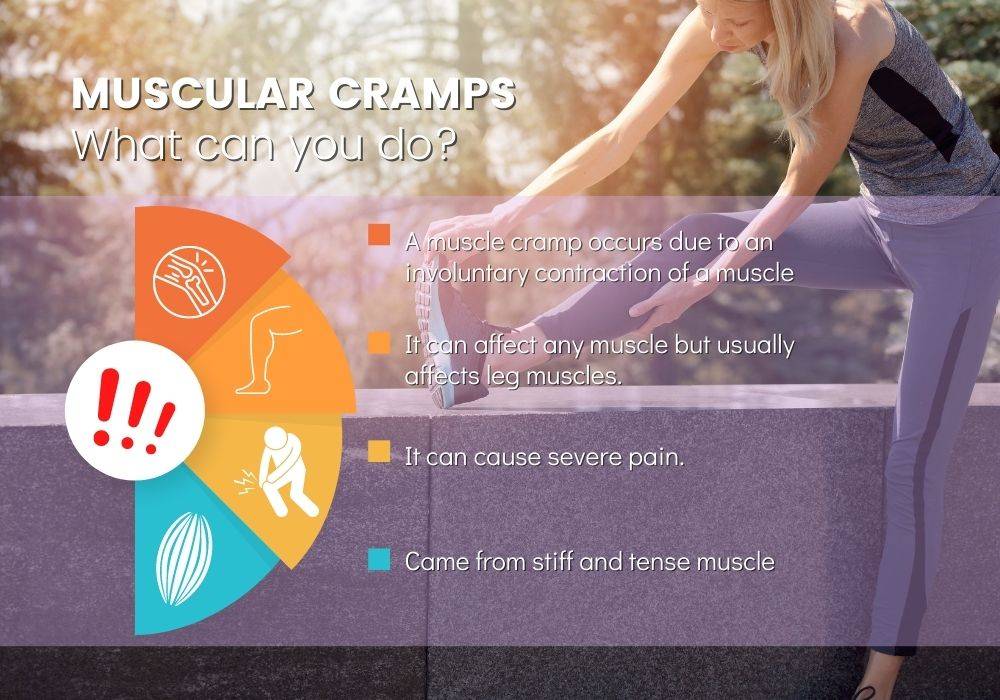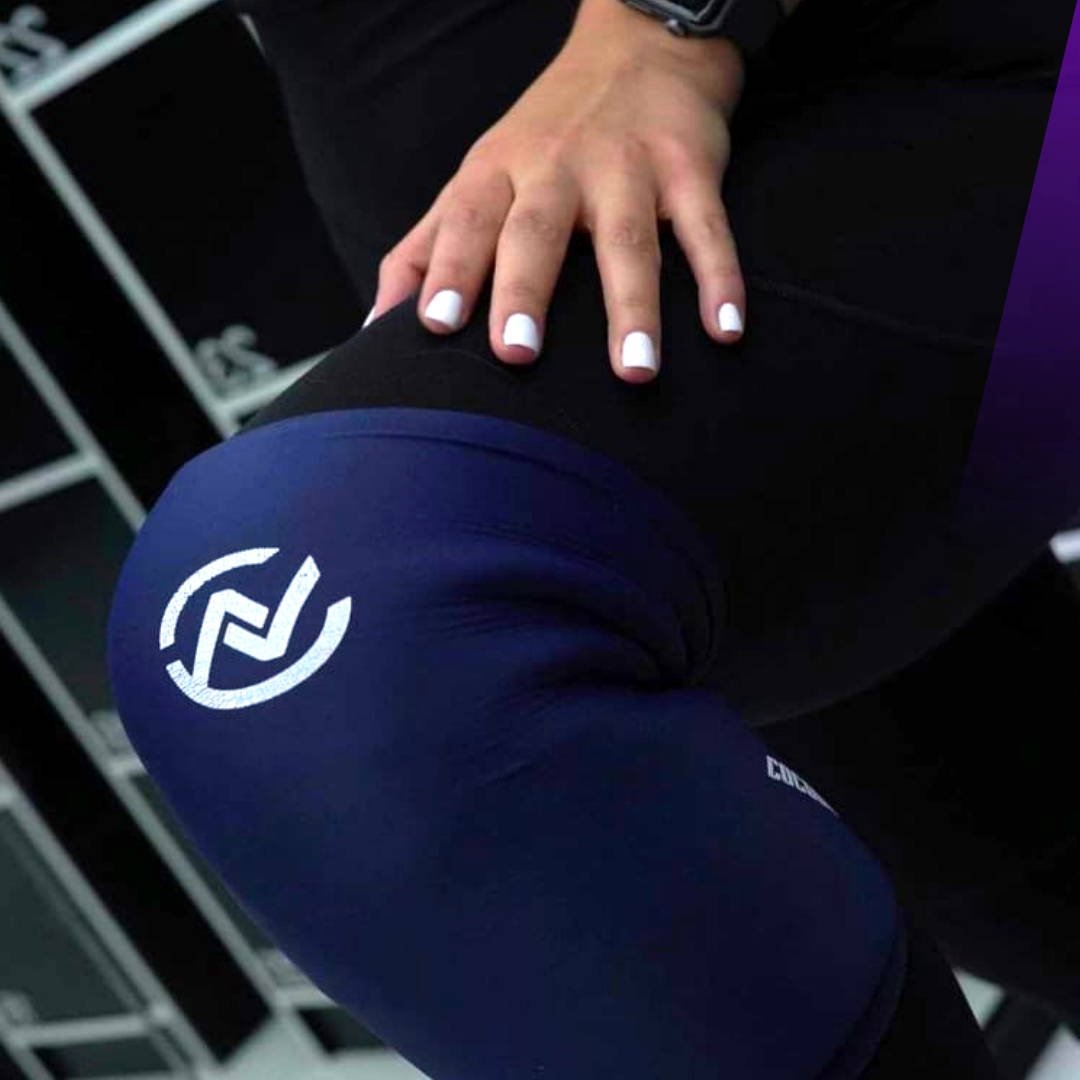Types and Causes of Cramps While Running
Kasandra Chai Kim December 24, 2021
Have you ever experienced a sharp pain in your leg while running? This is known as a "runner's cramp," and it can be caused by many different factors. In this article, we will discuss the types of runner's cramps that can occur, and what might cause them to happen.
Do you ever get cramps while running?
Cramps are a common problem for runners. They can be extremely painful and make it difficult to continue your workout. But what causes them, and how do they go away? In this blog post, we will discuss the types of cramps that runners often experience, as well as some tips for preventing them from happening in the future!
You'll learn about muscle spasms, muscle strains, shin splints, Achilles tendonitis, and more! We'll also share some helpful tips on how to prevent these problems from occurring in the first place so you can keep running pain-free. Let's dive right in!

Types of cramps
Runner's cramps come in many different forms. Some of the most common types include: muscle spasms, muscle strains, shin splints, and, Achilles tendonitis
Let's discuss each one briefly so you can figure out what might be causing your pain!
Muscle Spasms and Cramps
A muscle spasm is an uncontrolled contraction of a muscle. This type of cramp often feels like sudden, sharp pain in the affected area.
Muscle strains
Muscle strains are also quite common among runners. They occur when the muscle fibers tear or stretch beyond their normal range. This can cause severe pain and discomfort.
Shin splints
Shin splints happen when the muscles and tendons in the lower leg become inflamed. This can cause sharp pain and discomfort on either side of your shins, just behind the inside ankle bones.
Achilles tendonitis
Achilles tendonitis occurs when your Achilles tendon becomes irritated or inflamed due to overuse or injury. It causes severe pain that gets progressively worse with activity. As you might guess, this is a very common type of runner's cramp!
What causes these problems?
Many possible factors can cause muscle spasms and strains. Here are some examples: dehydration, inadequate training (too little mileage or intensity during training), a sudden increase in exercise intensity (such as running up hills too quickly), and muscle fatigue
Most of these problems are caused by poor training habits. If you aren't properly preparing your body for the physical stress that running places on it, then you're increasing your chances of developing a cramp! Always be sure to gradually increase the intensity and duration of your workouts so you can adequately prepare yourself for harder efforts.

Causes of cramping while running
Shin splints, Achilles tendonitis, and other types of runner's cramps can also be caused by other factors such as improper foot alignment, over-use, running on hard surfaces, and wearing the wrong shoes
These are all relatively easy things to fix. For example, you can try using orthotics or inserts in your shoes if you have poor foot alignment. You can also try running on softer surfaces, such as grass or a treadmill, to reduce the stress on your shins and Achilles tendons.
Preventing runner's cramps
There are several things you can do to help prevent muscle spasms and strains from occurring while running. Here are some tips that we suggest:
- Stay hydrated: Dehydration is one of the main causes of muscle spasms and cramps. Be sure to drink plenty of water before, during, and after your runs.
- Stretch properly: Stretching can help to loosen tight muscles and prevent them from cramping. Always be sure to warm up properly before working out, and stretch after you finish running as well.
- Build your mileage gradually: If you have been training inconsistently or only doing a few miles every day, then it may be time to start building up the number of miles that you run each week! Gradual increases in distance will prevent injury and help avoid cramps from occurring due to fatigue.
- Warm-up properly: Warming up before your runs can help to loosen muscles and prevent them from cramping during the run itself. Try running at an easy pace for about 20 minutes, then gradually pick up the speed until you get close to the race pace near the end of your warmup period. Then do a few strides (short, fast sprints) to get your muscles fired up!
- Don't overdo it: If you're feeling pain in a certain area, it's probably best to stop running and rest that muscle. Pushing through the pain can often lead to a more serious injury. Listen to your body and take a break if necessary.

What to do if you experience a sudden onset of pain in your leg, foot, or calf during exercise
If you experience sudden pain in your lower leg, foot, or calf, it's best to stop running and rest that muscle. Apply ice to the area to help reduce inflammation and pain. If the pain persists after a few days of rest, be sure to see a doctor to rule out any potential injuries.
Introducing cocoons knee flex pro with Cold and Hot Compression that you can use for cramps. warmer than your average hot/cold pack, the warm compress will help relax tense muscles while providing warmth to aid in healing or soothing certain conditions like low back pain! The cold application is great post-injury as it helps reduce inflammation after injury by bringing down swelling so we know our bodies better6. How to distinguish between different types of leg pain when exercising.


